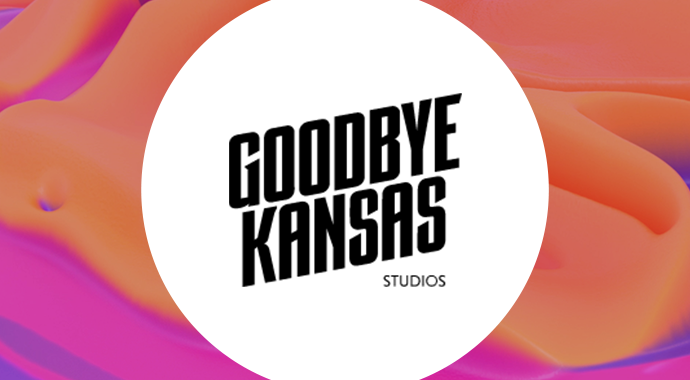V-Ray 7 for Houdini, update 2 now available.
Chaos Vantage’s real-time, fully path-traced rendering now arrives directly in the Houdini viewport for faster pre-production workflows, thanks to the new Vantage Hydra Delegate plugin.
The update also brings Pyro-ready volume shading, advanced volumetric compositing, and noticeably faster volume rendering, along with support for Houdini 21 and full compatibility with Houdini’s procedural feather solution. New Gaussian splats clipping, Night Sky, and AI-powered material generation give you more creative flexibility while keeping you focused on the work that truly drives the story. And more.
Explore what’s new>
